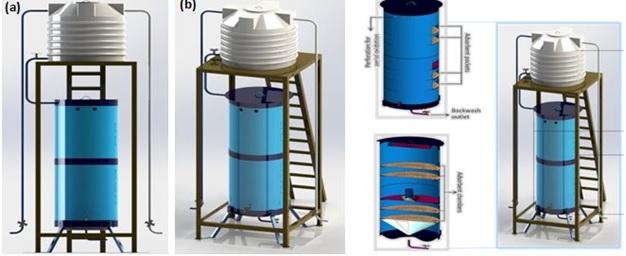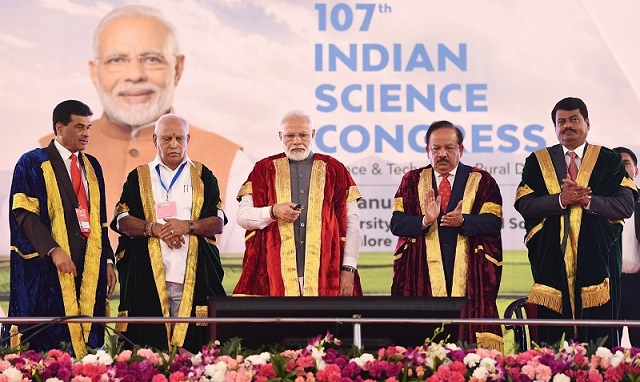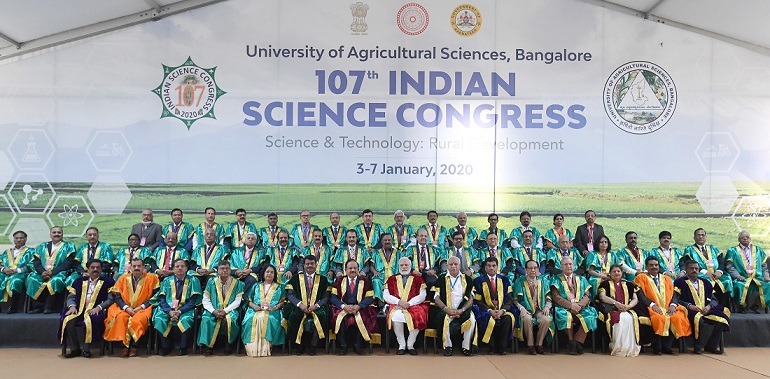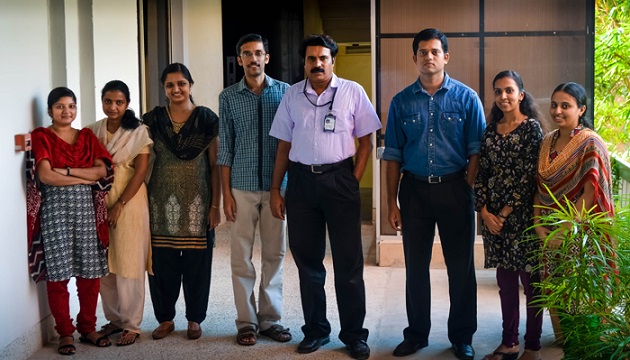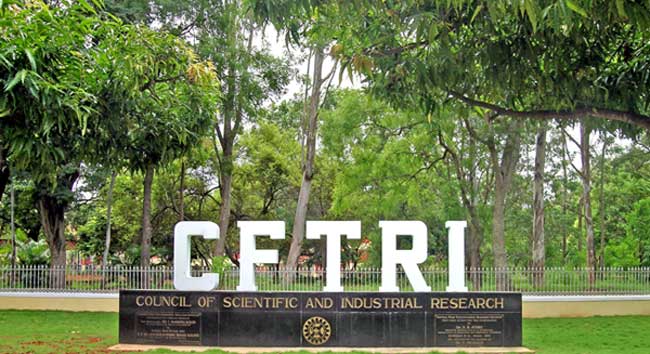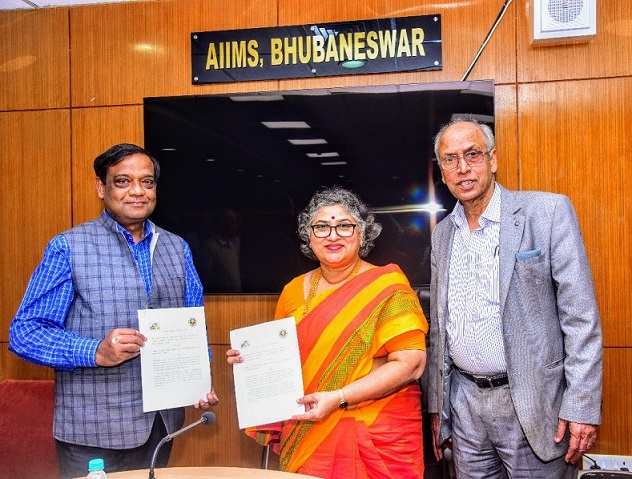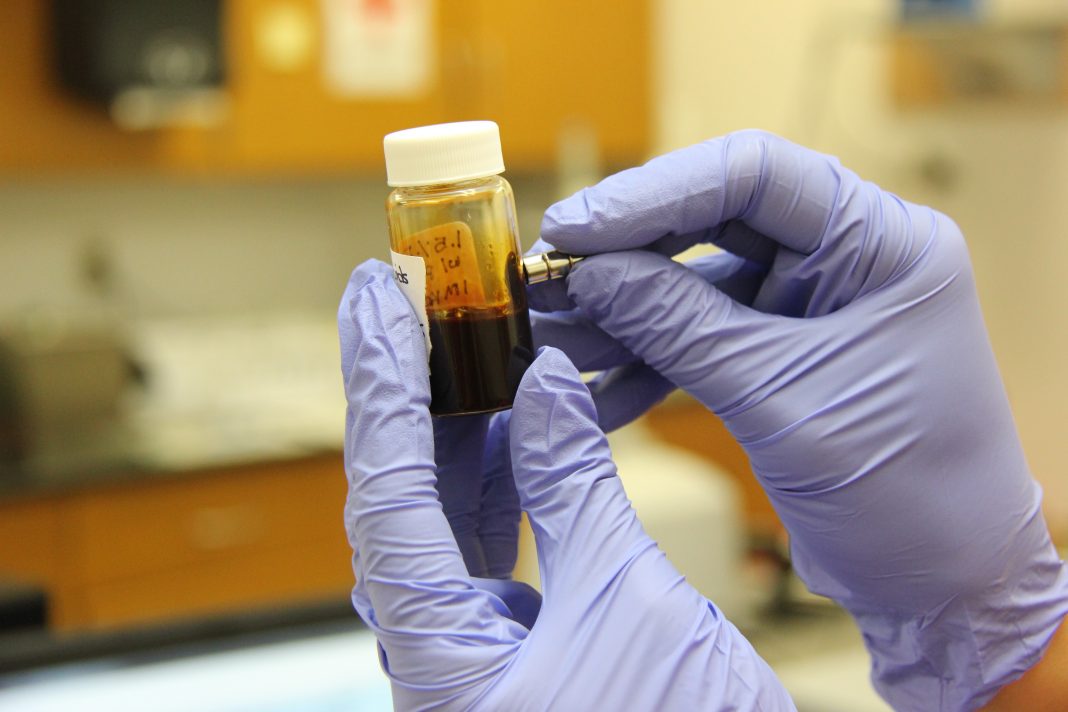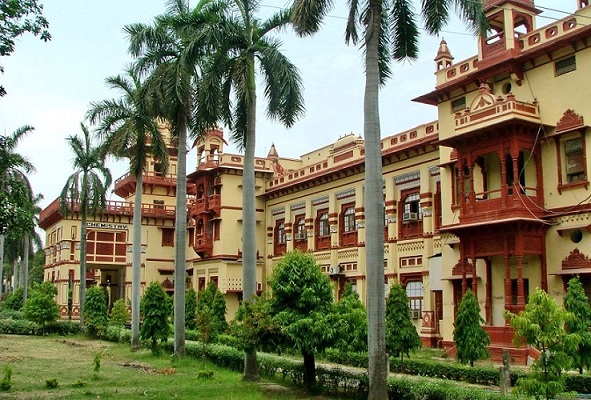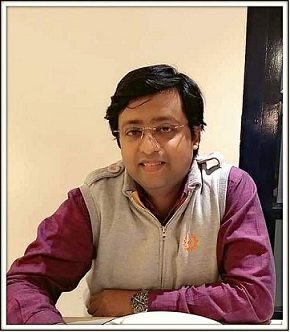
Dr John Mondal
Dr John Mondal, CSIR Young Scientist Awardee 2019 in Chemical Sciences, is presently working as Scientist at CSIR-Indian Institute of Chemical Technology (IICT), Hyderabad. Dr Mondal has a PhD degree from the Indian Association for the Cultivation of Science (IACS, Kolkata) under the supervision of Prof. Asim Bhaumik. He was also awarded NASI-Young Scientist Platinum Jubilee Award in 2018 and the Telangana Academy of Sciences (TAS) Young Scientist Award in Chemical Sciences in 2016. He has been working on a promising special project on converting waste into wealth. Following is his interview with India Science Wire:
1. Why biomass called fuel of the future?
Biomass includes wood, crops, garbage, landfill gas, food wastes, municipal waste, and industrial waste. Biomass-derived fuel is called “biofuel” or “bio-oil”, and it is an environment-friendly fuel. As this fuel is based on renewable energy sources, it can reduce our dependence on petroleum-based fuels.
Compared to normal diesel fuel, biofuel produces no sulphur, no net carbon dioxide, less carbon monoxide, and more oxygen. More free oxygen leads to the complete combustion and reduced emission. Biofuel can enhance the engine efficiency of a vehicle and reduce pollution along with the environment temperature.
2. How your work could help in creating wealth from waste?
In view of the present demand and energy crisis, my research group at CSIR-IICT identified new synthetic strategies. The process we developed promises to produce rigid organic cage/sponge-like molecules called Porous-Organic-Polymer (POP) thus providing a new dimension to various catalytic applications. Recent years have witnessed tremendous research breakthroughs, thanks to the unique pore structures and versatile skeletons of porous polymers. Consequently, exploring novel materials with task-specific applications is of fundamental importance for the sustainable development of economy.
Natural sponges are aquatic animals with excellent reversible compressibility consisting of pores on their body surfaces, which control a steady water flux through their bodies to filtre food, absorb oxygen, and eliminate waste products. Therefore, these unique features of natural sponges gave us the idea of mimicking them in artificial catalysts. Similar to these sponges, the organic artificial sponges are lightweight materials, stable to moisture and heat-resistant.
3. How do artificial sponge catalysts work?
Artificial sponge catalyst works best under high pressures similar to a kitchen sponge, which swells in water. The tiny spaces between the molecules of the artificial sponge swell slightly when it soaks in organic biomass. Catalyst development and engineering of the inside cage of the organic sponge address the present scientific challenges. This makes the task easy, as it is a fusion of inorganic metal and artificial sponges.
4. Can they be reused?
Our organic framework cage-based catalyst can be reused multiple times by washing and simple drying after each catalytic reaction. This could also bring down the cost of catalyst development substantially. Further, the separation of our catalyst has been found to be much faster than the conventional methods. In particular, these artificial sponge-based catalytic systems can work with similar stability even under dynamic reaction conditions, which may be essential to make the process renewable.
Biomass includes wood, crops, garbage, landfill gas, food wastes, municipal waste, and industrial waste. Biomass-derived fuel is called “biofuel” or “bio-oil”, and it is an environment-friendly fuel.
5. How can the process be a sustainable energy solution?
The economically viable organic sponge-based catalysts not only reduce CO2 concentration in the environment but also transform them into synthetic hydrocarbons or fuels, most notably for transportation purposes and value-added chemicals of pharmaceutical importance.
6. How artificial sponge is going to help in long term perspectives?
Commercial success can only be sustained and grown through an innovation-driven approach, which is grounded in the fundamental science and engineering underpinning new catalyst development. Our porous materials can be used in the automobile exhaust catalytic converters, which can efficiently improve air quality around for several decades. An attractive opportunity would entail integrating the current catalytic approaches to the precision synthesis of functional materials with process intensification, biocatalysis, and traditional polymer science.
7. What is the future plan?
Our future plan would be the prospective utility of POP-based catalysts for Synthetic Waste-Plastics transformation to liquid fuel. The widespread use of large volumes of plastics has created serious environmental issues, which demand proper end-of-life management of plastic wastes. Polyethylene is remarkably inert and difficult to degrade without any special treatment. Thermal and catalytic pyrolysis at high temperatures (typically >400 °C) has been applied to degrade these plastic wastes. However, these processes suffer from low energy efficiency and lack of product control, often resulting in the formation of complex product compositions, including hydrocarbon gas, oil, wax, and char. My research group is looking for some catalysts in future with special emphasis on the topologies of POP cage, which may efficiently transform synthetic waste plastics to wax-free transportation fuel.
8. What is your advice to students taking research as career?
As a student, you are supposed to drive your own learning, which means being more self-motivated and independent of your teacher. You are supposed to come up with your own ideas and theories rather than just learning about other people’s findings. You will be encouraged to do research around the topic you are interested in, but will not always be given set tasks to complete within a time frame. Finally, passion, commitment, patience and vision can eventually push you to choose research as your career. India Science Wire


